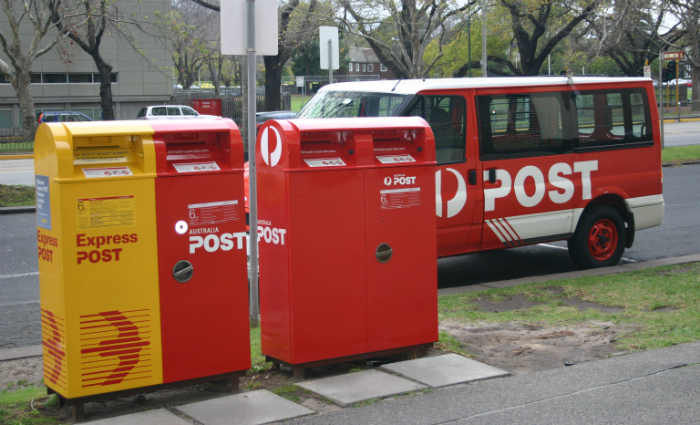
Printing Industries Association chief executive Bill Healey has accused Australia Post of giving up on print and called for competition in mail delivery following the proposal to increase stamp costs to 70c.
“Australia Post has ignored its own evidence that print will remain a key component of the emerging multi-channel communication world,” Healey says.
“There’s demand out that that can and should be serviced better, but their language and strategies do not inspire confidence and indicate they think printed mail is on its way out, it’s been a campaign for a number of years.”
He pointed to a 2012 Australia Post consumer survey that found 85 per cent of people are reading their mail on the day received; 98 are of people actually open their mail versus 20-25 per cent for email; 42 per cent preferred to receive bill by mail, 31 per cent by email, 25 per cent both mail and email and two per cent neither.
“Other research released in 2013 indicates that catalogues and flyers and personalised direct mail outrank email and social media as more effective channels for advertising,” he says.
“However, if they keep putting the price up, its usefulness will be eroded and they will lose even more money because less people will use it.”
Healy says Australia Post should be working with industry to improve the volume of printed mail and be more active in promoting its benefits.
He says the mail carrier still rakes in $350m in profit a year thinks to its profitable courier service and should be using this to cross-subsidise mail.
[Related: More Australia Post news]
Healey says Australia Post’s monopoly means it is not motivated to drive innovation that would keep printed mail cost effective and competitive with digital, and called for competition to provide better service.
“The issue is not privatisation, it’s competition,” he says. “Australia Post is a classic example of how a monopoly is able to avoid the implementation of more efficient systems and processes that are demanded under market competition.”
“They’re in a nice position to just be able to increase prices without considering innovative ways to address the future mail delivery.”
Healey says possible solutions could include breaking up the company into smaller entities, some of which could be privatised; changing mail delivery patterns, especially in remote areas; outsourcing delivery to private enterprises; and at very least installing some efficiency benchmarks and letting the ACCC approve all price increases.
“Printing Industries hopes that the findings of the Commission of Audit and the proposed review of the Australian Competition and Consumer Law will challenge the view that mail has no place in our emerging digital economy and recommend the opening up of areas that support competition in the printed mail market,” he says.
Healy says the PIAA will be meeting with MPs to make them aware that print mail is still needed and any claims of its imminent disappearance are exaggerated.
“The issue is not just going to go away, it needs to be taken seriously,” he says. “People take Australia Post for granted and no one has wanted to take on the issue because it’s such a political hot potato.”
Australia Post chief executive Ahmed Fahour says the price increase, which if accepted would take effect on March 31, still leaves the cost of a stamp well below the OECD average of $1 and has risen much slow than the consumer price index.
“In the face of falling letter volumes, Australia Post made a loss of $218m in its regulated mail business in the 2012/13 financial year, the domestic mail business losing $147m. This followed a loss of $114m in the previous year,” he says.
“In FY2012/13, letter volumes were down 231m – or 6.4 per cent – on the previous year. Over the past five years, the volume of domestic letters posted in Australia has declined by around 1bn items – from 4.6bn in FY 2007/08 to 3.6 billion in FY12/13.
“Meanwhile, the size of Australia Post's domestic delivery network has continued to expand in line with the growth of Australia's population – from 10.5m addresses in June 2008 to 11.2m addresses in June 2013.
“As more and more Australians communicate and transact online, letter volumes continue to decline at a rapid rate. Today, the average number of letters delivered per letterbox each day is 1.5, down from 2.0 in 2008 and a decrease of 25 per cent. This is a consistent trend all around the world.”
Discounted stamps at 60c will be available to the 5.7m Australians who hold a concession card.
Comment below to have your say on this story.
If you have a news story or tip-off, get in touch at editorial@sprinter.com.au.
Sign up to the Sprinter newsletter

